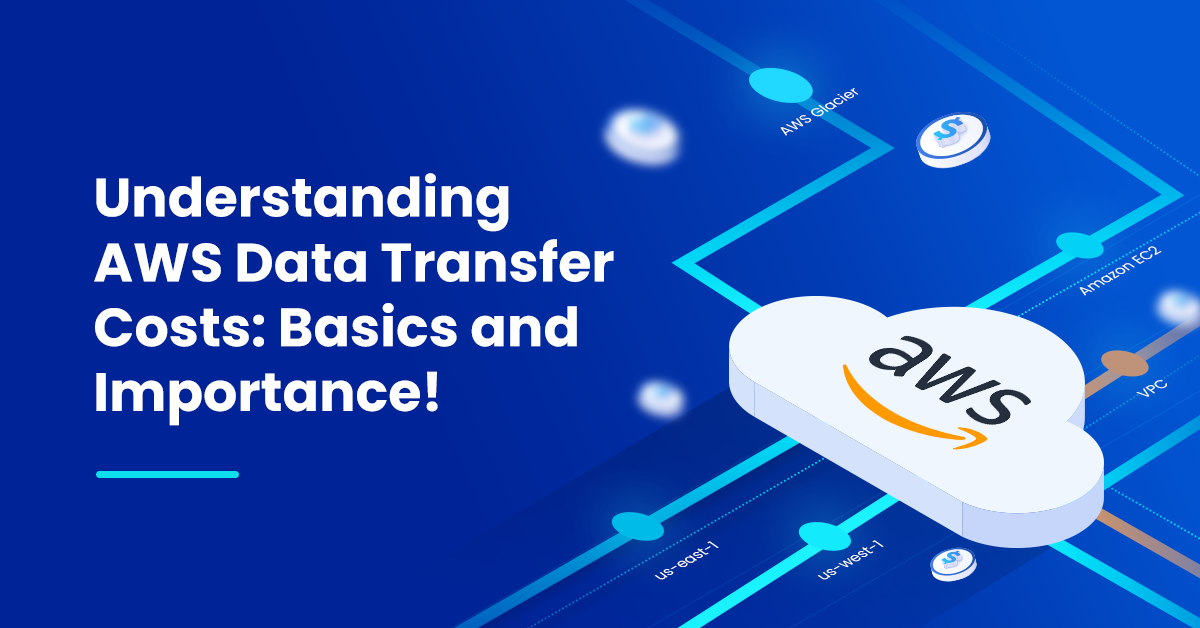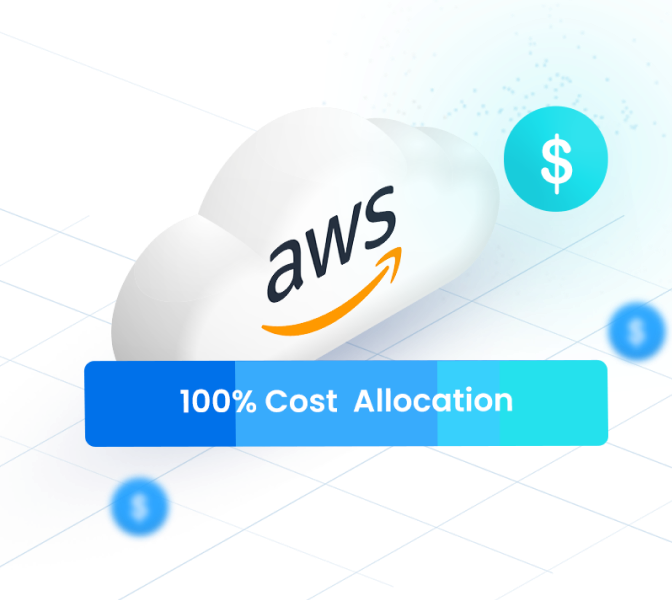Data transfer costs in AWS can often be overlooked amidst the many other line items on your cloud bill. But if left unchecked, these costs can accumulate and can be a major cause of high AWS bills. To effectively manage and potentially reduce these costs, it’s crucial to gain a deeper understanding of your data transfer costs and see which resources are generating them. However data transfer (aka. bandwidth) costs have many dimensions. All these dimensions are charged at different rates and some costs can be avoided. For example, if you see a large InterZone-In or -Out cost on your AWS bill, there are steps you can take to reduce this bandwidth costs.
In this blog post, we’ll discuss what AWS data transfer is, why it’s important to track your data transfer costs, and how you can reduce your data transfer costs. We will cover the most common dimensions under operation.
What Are AWS Data Transfer Costs?
AWS data transfer refers to the movement of data between AWS resources and between AWS and the internet. AWS charges for data transfer based on the following factors:
- The source and destination regions
- The type of data transfer
- The amount of data transferred
AWS data transfer Cost is the cost of moving data between AWS resources and between AWS and the internet. Data transfer costs can be incurred for a variety of services, including Amazon S3, Amazon EC2, Amazon RDS, etc.
The transfer of incoming data across all services and regions is free of charge. Charges for data transfer from AWS to the internet vary depending on the originating region and are assessed per service.
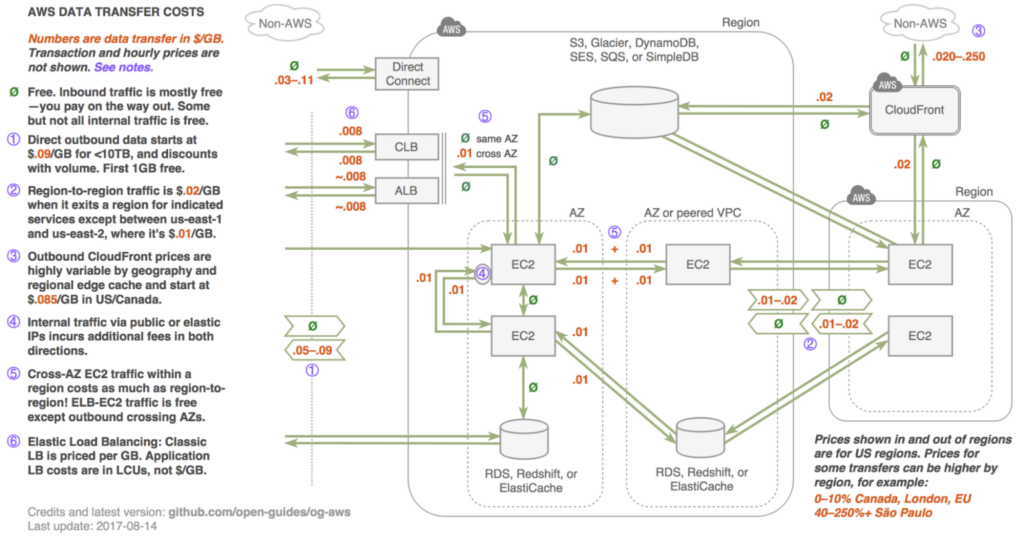
What Are The Types Of AWS Data Transfer Costs?
Few types of data transfers are as follows:
1. Regional Data transfers:
Fees for inter-region data transfers are based on the source region’s rates. All of the source-specific region rates can be found on the AWS website.
- Intra-region Data Transfers: AWS EC2 instance Data transfers within the same region are recognized as intra-region transfers. There are no data transfer fees when using the internet gateway to reach the public endpoint of an AWS service in the same region. But, when the same services are accessed through a NAT gateway, there is a processing fee (per gigabyte (GB)) for the data that flows through the gateway. You can access the VPC pricing details here.
- Across-region Data Transfers: There is a fee for data transfer across regions if your workload accesses services in multiple Regions. The cost is determined on the region of origin and destination.
2. Inbound Vs Outbound:
- Inbound data transfers: This is data that is transferred into AWS. For example, if you upload a file to an S3 bucket, that would be considered inbound data transfer.
- Outbound data transfers: This is data that is transferred out of AWS. For example, if you download a file from an S3 bucket, that would be considered outbound data transfer.
AWS Cloud Cost Allocation: The Complete Guide
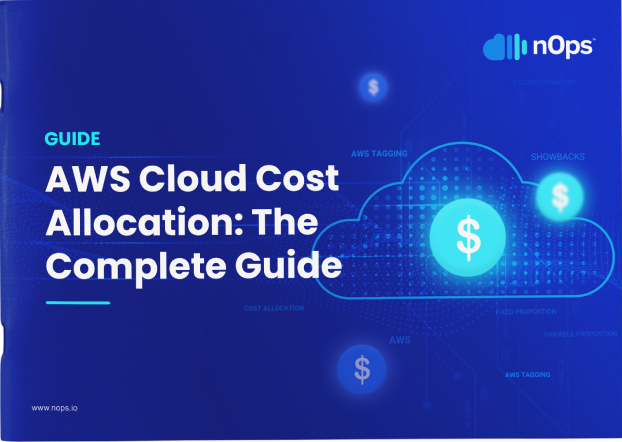
3. InterZone-In and InterZone-Out Transfers:
Data transferred “into” and “out of” the following services across Availability Zones or Amazon Virtual Private Cloud (Amazon VPC) peering connections in the same AWS Region are charged at $0.01/GB in each direction.
- Amazon EC2
- Amazon Relational Database Service (Amazon RDS)
- Amazon Redshift
- Amazon DynamoDB Accelerator (DAX),
- Amazon ElastiCache instances
- Amazon elastic network interfaces
For example, if you have an Amazon EC2 instance in one AZ and you transfer a file to an Amazon S3 bucket in a different AZ, you will be charged for the InterZone-Out operation.
Tip: To reduce InterZone data transfer costs, you can try to co-locate your resources in the same AZ. For example, if you have multiple Amazon EC2 instances that need to access the same Amazon S3 bucket, you can try to place them all in the same AZ. This will avoid the need to transfer data between AZs, which can save you money.
Why Is It Important To Track AWS Data Transfer Costs?
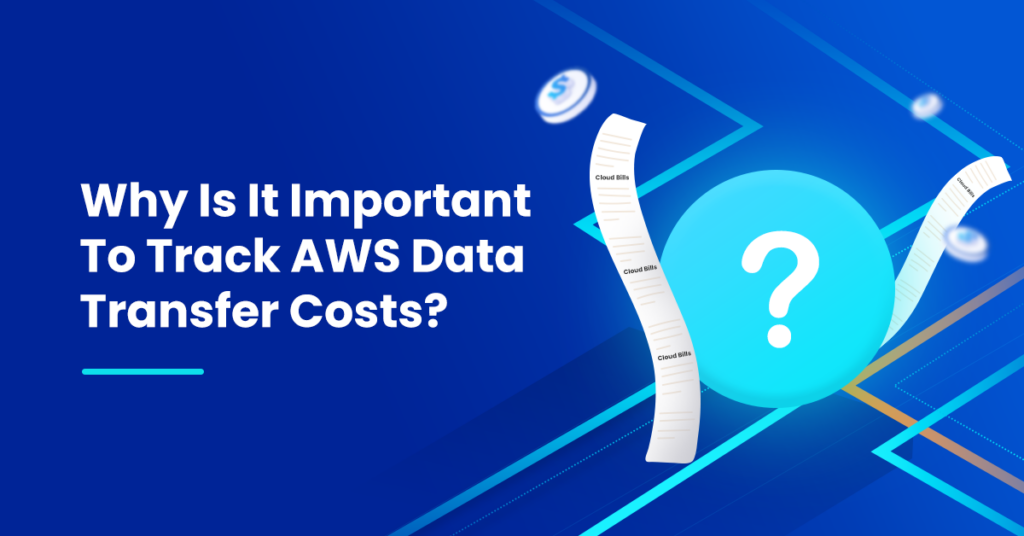
AWS data transfer expenses, though often overlooked, can make up a significant portion of your cloud expenditure, sometimes contributing to as much as 20% of your overall AWS bill. Given their potential impact on your bottom line, tracking these costs becomes not just beneficial, but imperative.
Here are compelling reasons to monitor your AWS data transfer costs:
- Cost Optimization: By tracking your data transfer costs, you can identify and address areas of inefficiency. This ensures that you’re only paying for what’s truly necessary and not wasting resources.
- Transparency: Without regular monitoring, hidden data transfer operations can sneak up and inflate your bill. Being aware of these allows for better budgeting and financial planning.
In essence, being proactive about AWS data transfer costs isn’t just about minimizing expenses; it’s about making informed decisions, optimizing resources, and achieving financial transparency.
How To Track Data Transfer Costs Efficiently?
While AWS Cost Explorer offers tools to monitor data transfer costs, many find the process time-consuming and challenging. This complexity can lead to unexpected and significant data transfer expenses for companies, sometimes amounting to millions annually.
To effectively manage these costs, consider two primary steps:
- Understand the Transfer Fees: Get a clear understanding of how AWS charges for data transfers.
- Learn Cost-Saving Strategies: Explore best practices to manage and potentially reduce these transfer costs.
By simplifying your approach to AWS data transfer costs, you can ensure better financial planning.
Understanding The Structure Of the Transfer Fees!
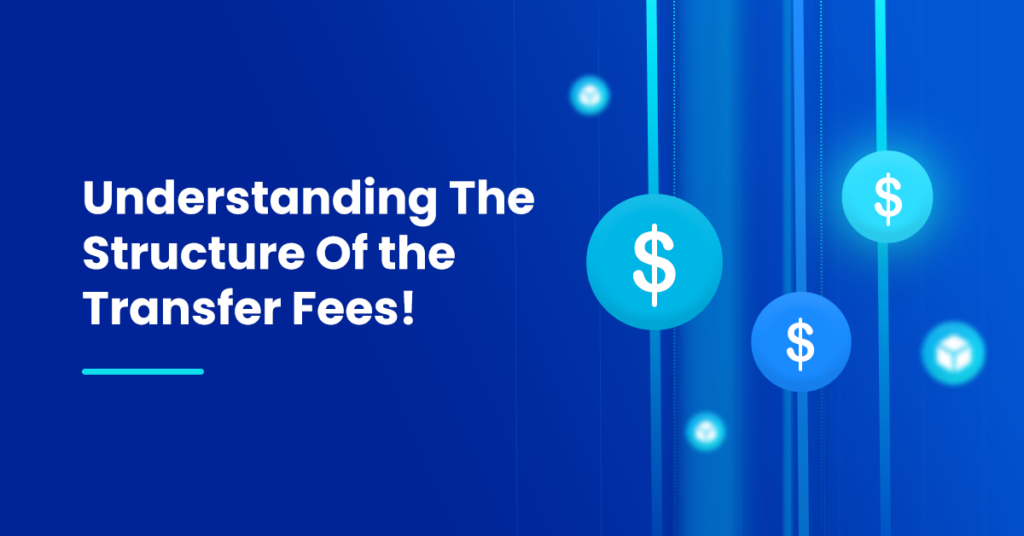
To optimize AWS networking costs, it’s essential to identify the resources that lead to unnecessary data transfer charges. By understanding these areas, informed architectural decisions can be made to mitigate such costs. nOps’ Cost Analysis tool offers a solution. nOps provides intuitive filters that can instantly identify areas that are generating your data transfer costs. This information can be used to allocate costs to the business units or teams that are responsible for those resources.
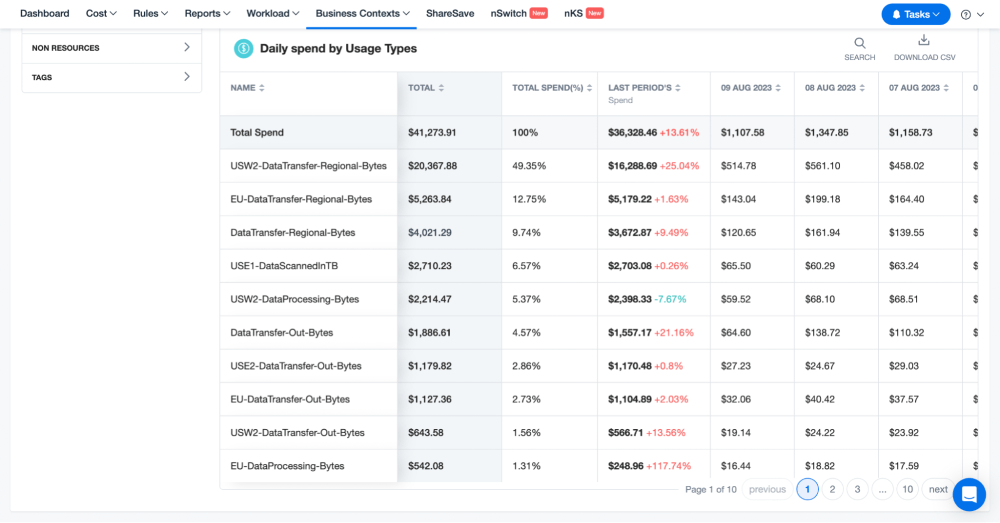
It provides a centralized view of your data transfer costs, so you can easily identify areas where you can reduce your costs. nOps can help you reduce your AWS data transfer costs in a few ways:
- It can help you track your data transfer costs in a granular way. This information can be used to identify areas where you can reduce your data transfer costs.
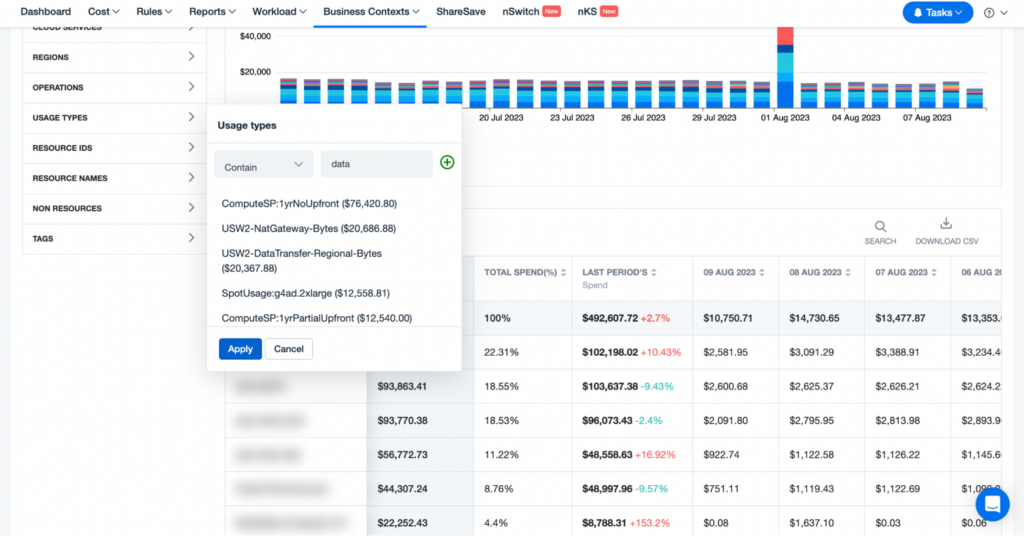
- It can help you identify patterns in your data transfer usage, helping you reduce costs and make informed decisions.
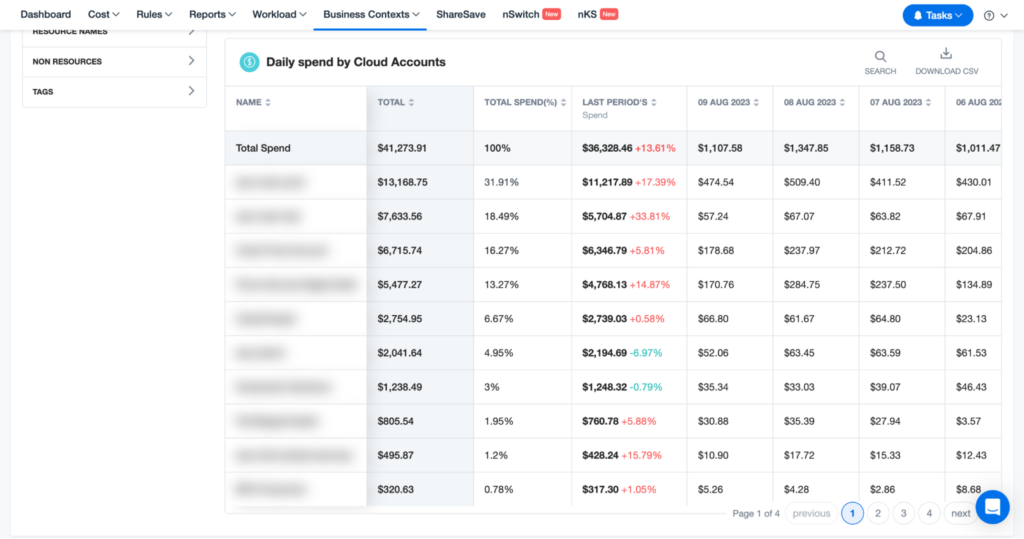
- It can help you generate reports on your data transfer costs. These reports can be used to track your progress over time and make sure you’re on track to meet your cost reduction goals.
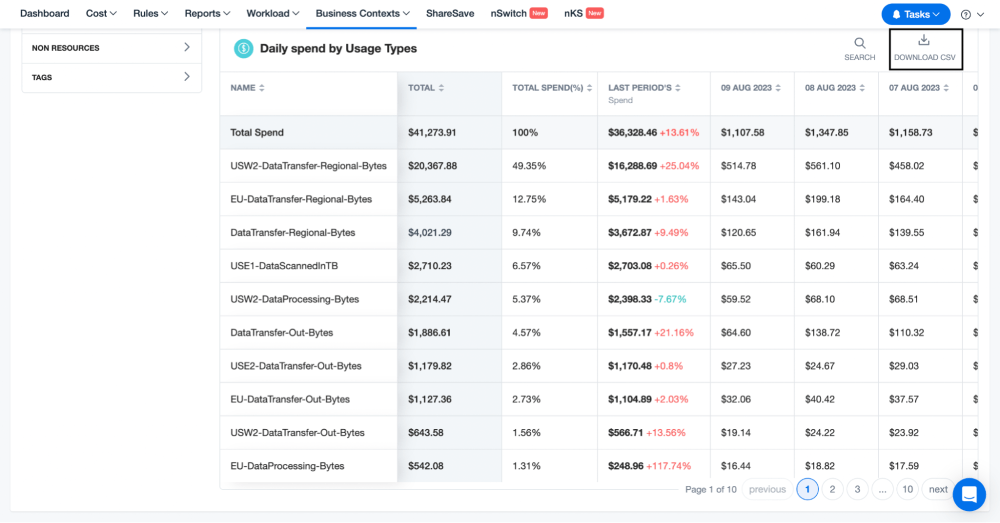
- nOps can help you to distribute and highlight your data transfer costs through Showback dashboards. nOps enables you to allocate the data transfer cost by adding cost allocation policies across multiple teams, projects, environment, workload types, etc. In addition to this, you can also allocate this cost across the tag keys based on fixed percentages, weighted percentages and more.
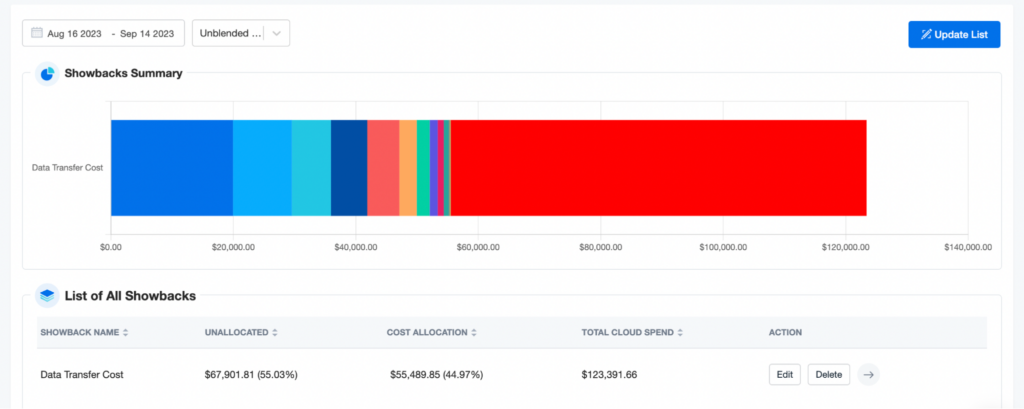
Best Practices To Reduce Data Transfer Cost!
Here are some additional tips for reducing data transfer costs:
- Use regionalized services whenever possible. This will help you avoid cross-region data transfer costs.
- Use a content delivery network (CDN) to cache static content closer to your users. This will help you reduce the amount of data that needs to be transferred from your origin servers.
- If you have bandwidth-heavy workloads, AWS Direct Connect can reduce your network costs into and out of AWS.
- Use compression to reduce the size of your data transfers.
- Schedule your data transfers during off-peak hours to take advantage of lower rates.
- Use a bandwidth optimization tool like nOps to identify and optimize your data transfer patterns.
How Can nOps Help With Data Transfer Costs?
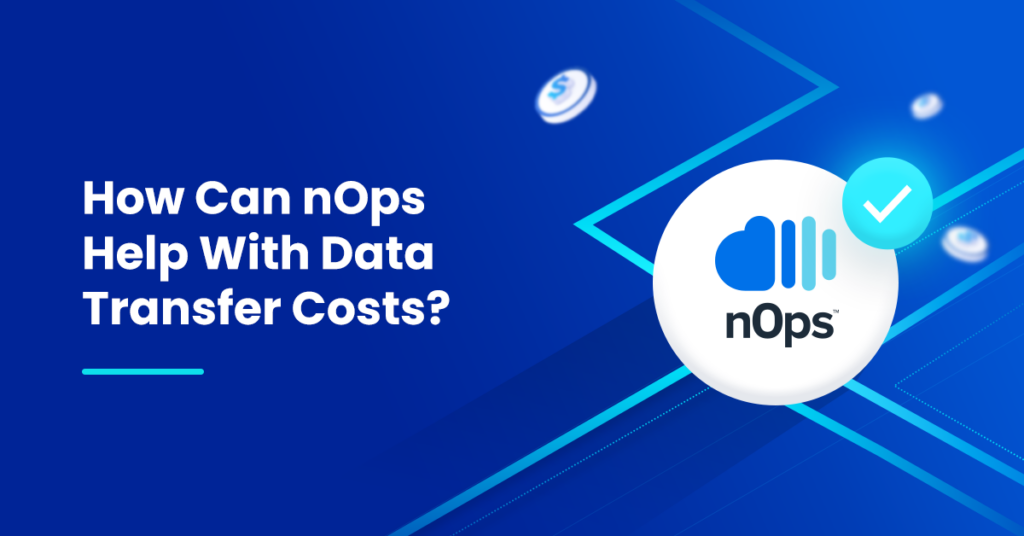
Data transfer costs within AWS are often underestimated but can have a substantial impact on your overall cloud expenses. Gaining a comprehensive understanding of these costs and their various aspects can help organizations save a lot. Platforms like AWS Cost Explorer can provide a preliminary overview of these costs, but nOps offer a more in-depth and intricate analysis.
Utilizing nOps ensures a strategic approach to AWS data transfer cost management. By offering a detailed overview of your costs, it helps you identify and analyze the unnecessary costs. Furthermore, the tool facilitates clear cost reports, essential for monitoring ongoing financial performance and ensuring alignment with financial goals.
nOps Business Contexts can streamline the entire cloud visibility and help circumvent the many challenges of cost allocation. With nOps, you get access to a centralized platform for managing your AWS infrastructure and monitoring all AWS resources. It allows users access to historically cloud billing data in an interactive and visual environment instead of having to deal with thousands of rows of data.
You can create in-depth and easy-to-understand data transfer showback dashboards with nOps, which can then be quickly utilized with different stakeholders.
Let us help you save! Sign upfor nOps or Book a demo call today.
.png?width=1920&height=1080&name=Landscape%20(4).png)

